Mobile Credentialing: The Future of Access Control Is Here
Solutions for end-users’ security needs will continue to evolve as the challenges become more complex. One of our major roles as a security integrator is to constantly stay on top of technology and improve our services to make sure we help our clients stay one step ahead.
One growing trend we’re seeing is smartphones being used to create mobile credentials for access control systems. It’s made possible by the use of the cloud-based access control servers and delivers a higher level of security, convenience, and savings.
Here’s a quick look at how mobile credentialing works.
Badge numbers are assigned to the cloud-based server and the access controller. Employees use links emailed to their smartphones to activate a specific credential and a mobile app. The app works with the device’s Bluetooth and GPS technologies to recognize door readers and display them on the phone. A tap on a desired door instructs the app to authenticate the reader. Access is granted or denied by the system controller.
Now let’s look at some of the benefits of this technology.
Greater security – Smartphones require possession of the device, a personal identification number or biometric verification to unlock it, the app and downloaded credential. Facility managers may add a second authentication factor such as a PIN entered into the phone’s keypad.
The cost of the phones and the personal data they store make it unlikely they will be loaned to another employee, lost or stolen – all potential problems with plastic access cards. A smartphone’s built-in GPS enables managers to precisely locate each device (and owner).
More convenience – There’s no need to carry an access card in a wallet or wear it hanging from a lanyard. Most employees routinely keep their smartphones with them throughout the day. Visitors to the facility can receive an invitation to download a credential and app before arriving, eliminating the need to check-in at the front desk and register for a temporary badge.
Savings – With a mobile credentialing system in place, there is no need to procure, store, handle or print physical badges. Imagine the investment of time and money a large university makes issuing thousands of new credentials to incoming students each fall.
Admittedly, most currently used card readers can’t accommodate mobile credentials. Fortunately, the choice of a credentialing method doesn’t have to be mobile or card-based. The best solution may be to use both. Readily available hybrid readers can work with mobile and virtually any class of card credentials. Also, add-on readers can be hidden in walls or ceilings to add the Bluetooth capability required for the smartphone-based system. These reader solutions enable an organization to make a planned, logical migration to mobile credentialing.
Plastic access cards will be with us for the immediate future. The cost of replacing entire legacy systems would be overwhelming. But mobile credentialing technology has been proven and is ready for deployment now. In the near future, more powerful apps will be developed to provide smartphone credentials greater advantages over traditional plastic badges.
Contact us to see if mobile credentialing is right for your organization today.
Author
John Nemerofsky, Chief Operating Officer
SAGE Integration | Jnemerofsky@sageintegration.com |732-213-3314


